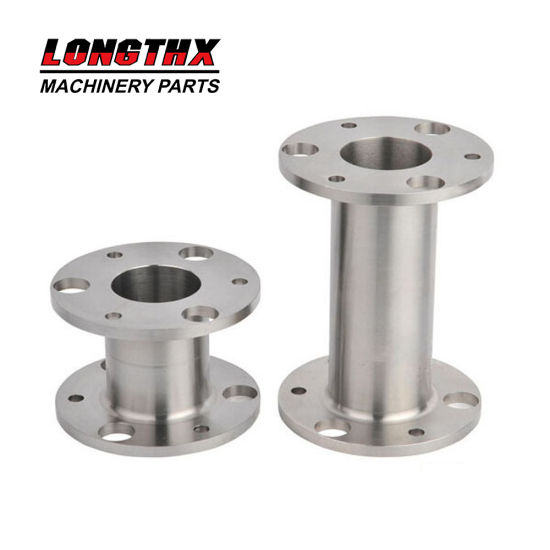China's H-beam steel industry has been experiencing significant growth over the past few years, largely due to the rising demand for construction and infrastructure projects. The construction industry is the largest consumer of steel products in China; with China's ongoing urbanization process, demand for construction materials is only set to increase.

In the week ending August 7th, Chinese H-beam steel saw a 0.8 percent improvement on the weekly Construction MMI (Metals Market Index), making it the week's biggest mover. The increase in demand for H-beam steel is mainly due to the ongoing construction of high-rise buildings and infrastructure projects across the country.
One major factor contributing to the growth of China's H-beam steel industry is the low price of Australian iron. Australian iron is one of China's key imports for the steel industry, and the low price has made it more affordable for steel manufacturers. This has increased production rates and made it easier for companies like Tianjin Minjie Steel Co., Ltd. to keep up with the growing demand for steel products.
Tianjin Minjie Steel Co., Ltd. is a professional manufacturer and exporter of steel products. The company's main products include pre-galvanized steel pipes, hot dip galvanized pipes, welded steel pipes, and scaffolding products. The company has a factory spread over more than 70,000 square meters, just 40 kilometers from XinGang port, the largest port in northern China.
The growing demand for H-beam steel has also led to an increase in prices. In July 2020, the average price for H-beam steel reached RMB 3,510 ($500) per ton, up from RMB 2,890 ($412) per ton in January 2020, representing an increase of 21.5 percent. This price increase has also contributed to the overall growth of China's steel industry.
The Chinese government's stimulus measures to support infrastructure and construction projects have further boosted the growth of the steel industry. In June 2020, the National Development and Reform Commission approved 15 infrastructure projects with a combined value of RMB 1.25 trillion ($178 billion). These projects are set to create demand for steel and other construction materials in the coming years.
However, despite the growth in demand for H-beam steel, the industry still faces challenges. One issue is the oversupply of steel products in China, which has led to a glut on the market and depressed prices. The Chinese government has implemented measures to cut production and address the issue of overcapacity, but these measures have been met with resistance from some steel producers and local governments.
Another issue is the impact of the ongoing US-China trade war on the steel industry. The US has imposed tariffs on Chinese steel imports, making it harder for Chinese steel manufacturers to export their products. This has led to a shift in focus towards the domestic market and increased competition within China's steel industry.
Despite these challenges, the growth of China's H-beam steel industry is a positive sign for the country's overall economic development. As China continues to invest in infrastructure and construction projects, demand for steel and other construction materials is only set to increase. Companies like Tianjin Minjie Steel Co., Ltd. are well-positioned to capitalize on this growth and contribute to China's ongoing development.
In conclusion, the H-beam steel industry in China is currently experiencing significant growth, largely due to the rising demand for construction and infrastructure projects. The low price of Australian iron, government stimulus measures, and the ongoing urbanization process are all contributing to this growth. However, oversupply and the impact of the US-China trade war continue to present challenges for the industry. Nonetheless, the growth of China's steel industry is a positive sign for the country's future economic development.